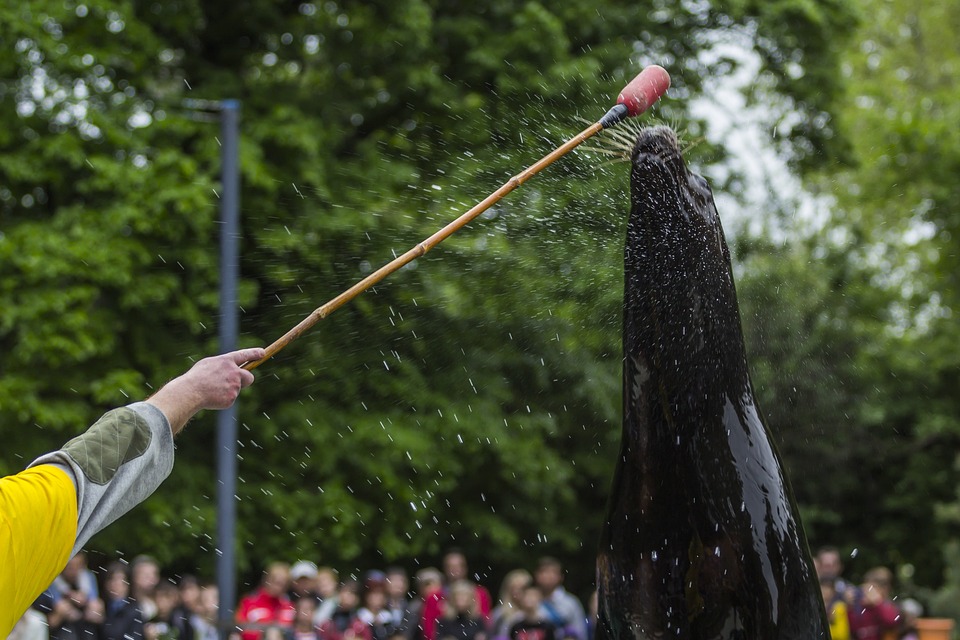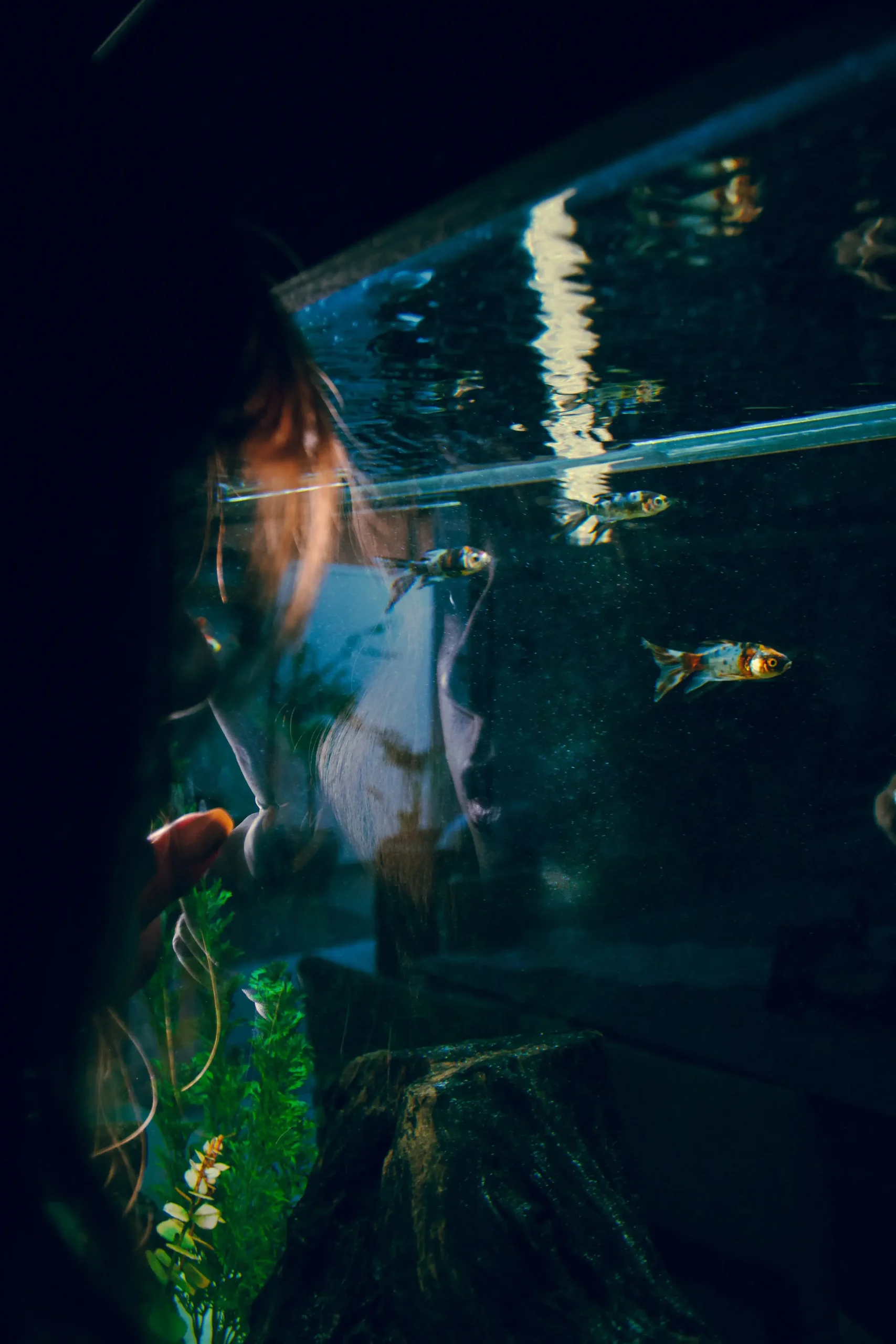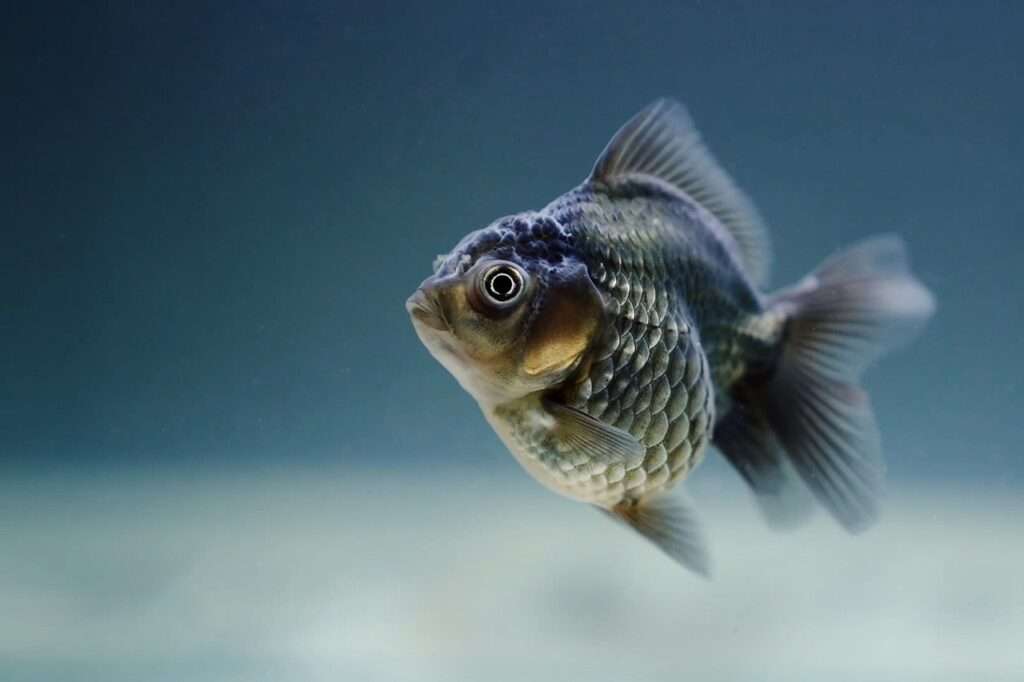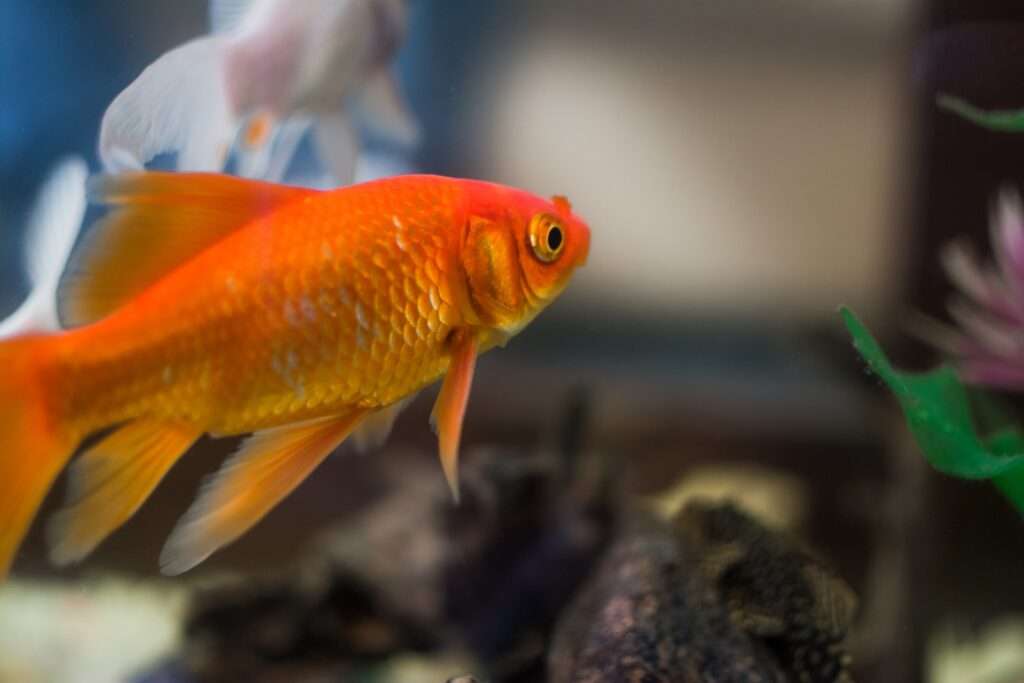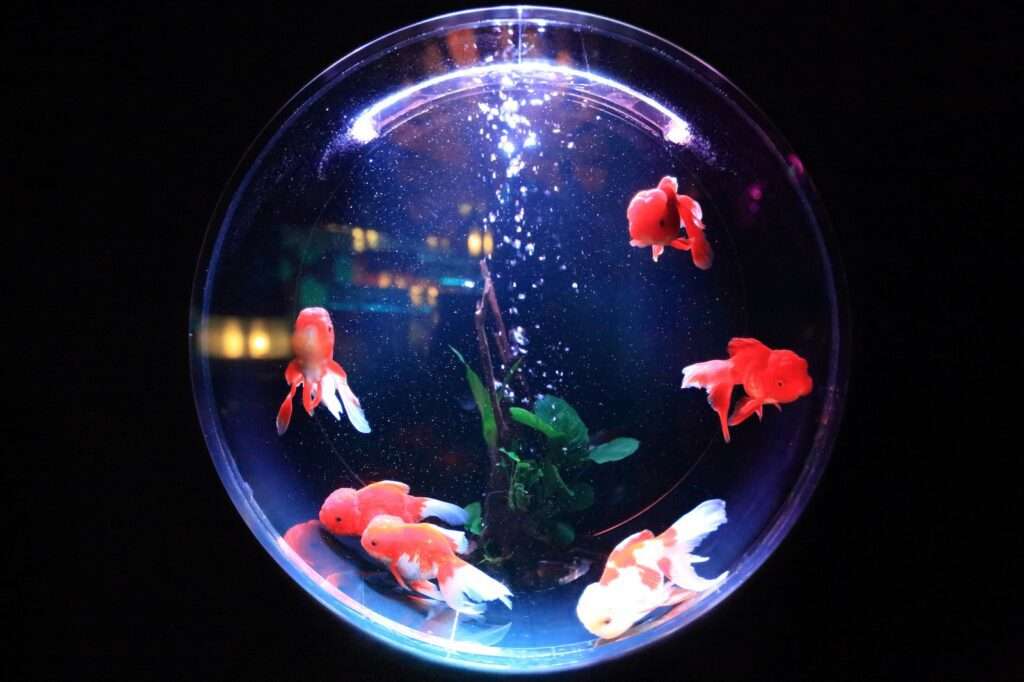Fish tank fish are known for their remarkable behaviors, with one of the most captivating being schooling. Schooling behavior refers to the tendency of certain fish species to swim together in a coordinated manner. Not only does this behavior serve as a defense mechanism against predators, but it also plays a vital role in their social structure and overall well-being. In this article, we will delve into the intricacies of schooling behavior in fish tank fish, shedding light on its significance and providing valuable insights for fish enthusiasts.
Schooling behavior is defined by the coordinated movements of a group of fish. They swim together in a tight formation, often moving in synchronized patterns. This behavior offers several benefits for fish tank fish. Firstly, it provides protection against predators. By swimming in a large group, fish create an illusion of a bigger and more intimidating organism, making it difficult for predators to single out an individual. Secondly, schooling behavior allows fish to efficiently find food. By working together, they can locate and capture prey more effectively. Lastly, schooling behavior also fulfills social needs and promotes a sense of belonging among fish.
Several factors influence schooling behavior in fish tank fish. Genetic predisposition plays a significant role, as some species are naturally inclined to school. Environmental factors also play a crucial role in determining whether fish exhibit schooling behavior. Water conditions, such as temperature and pH levels, can influence their behavior. The size and shape of the tank also play a role, with larger tanks providing more space for fish to school. The presence of hiding spots and structures, such as rocks or plants, can also encourage schooling behavior. Additionally, lighting conditions can impact fish behavior, as some species prefer well-lit environments while others prefer dimmer settings.
There are two main types of schooling behavior: tight schooling and loose schooling. Tight schooling involves collective movements and highly coordinated turns and maneuvers. Fish swimming in tight schools move as a single unit, displaying impressive synchronization. Loose schooling, on the other hand, involves more random movements with minimal coordination. Fish in loose schools may swim in the same general direction but do not exhibit the same level of coordination as those in tight schools.
Within schools, social dynamics play a crucial role. Schools often have a hierarchical structure, with dominant individuals at the top and subordinate individuals following their lead. Communication and signals are essential for maintaining order within schools. Visual cues, such as color changes or fin movements, can convey messages to other fish. Chemical signals, released through pheromones, can also communicate information. Vibrational signals, created by fish movements or other external influences, can also be used for communication.
Creating the right environment in a fish tank is crucial for promoting schooling behavior and ensuring the well-being of fish. Tank setup considerations include providing an appropriate tank size, suitable tank mates, and hiding spots and structures. Fish thrive in environments that resemble their natural habitats. Water quality management is also essential, as regular monitoring of water parameters and consistent water changes are necessary to maintain optimal conditions. Feeding strategies should also be considered, ensuring that all fish receive sufficient food. Feeding rings or areas can help prevent competition and ensure that every fish gets their fair share.
To address common questions about schooling behavior, a FAQs section can be included in the article. Questions such as whether all fish species can exhibit schooling behavior, how many fish are needed to form a school, and whether it is possible to encourage schooling behavior in solitary fish can be addressed. Additionally, signs of stress or discomfort in schooling fish and any potential downsides to schooling behavior can be discussed.
In conclusion, schooling behavior is a fascinating phenomenon in the world of fish tank fish. It not only provides visual appeal but also offers essential benefits for the well-being of these aquatic creatures. By understanding the factors influencing schooling behavior and ensuring proper tank care, fish enthusiasts can create an environment that fosters natural behavior and allows their fish to thrive. So, embrace the fascinating world of schooling fish and witness the beauty of their synchronized movements in your very own fish tank.

